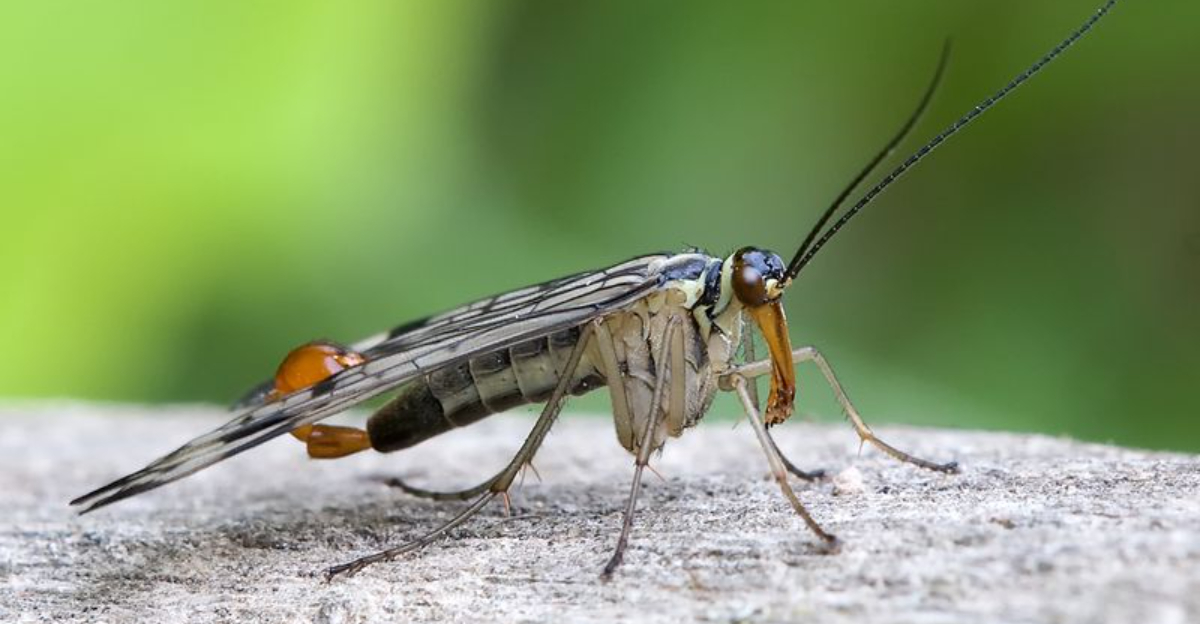Texas isn’t just a land of longhorns and armadillos—it’s also home to some of the most unusual and mysterious six-legged creatures around.
In the hidden corners of the Lone Star State, beneath logs and under leaves, lies a world of fascinating insects.
From tiny false scorpions no bigger than a pencil tip to parasites that transform male hosts into living zombies, these creatures defy expectations and show just how strange nature can be.
1. Tooth Cave Pseudoscorpion: The Tiny Cavern Hunter
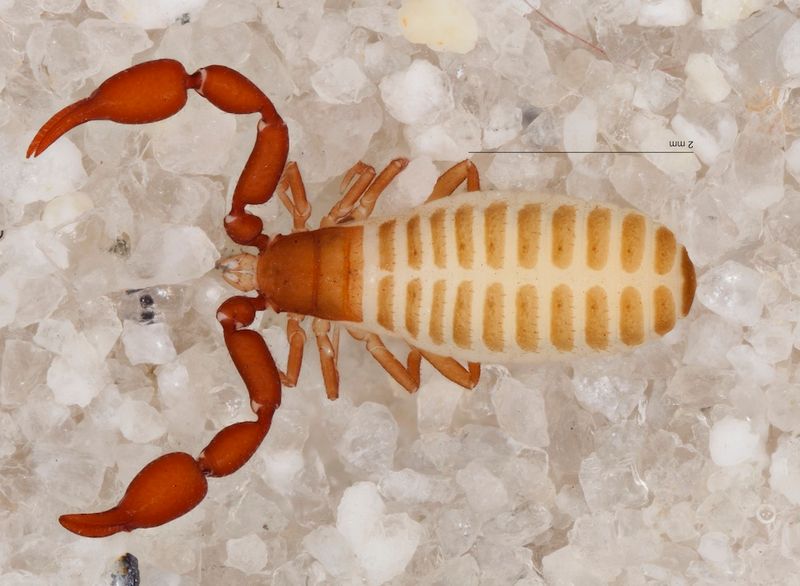
Goodness, these microscopic creatures are wild! The little predators look like scorpions that forgot to grow tails. Smaller than a grain of rice, they wave their pincer-tipped arms like they’re ready to take on creatures a hundred times their size.
Found only in a handful of Travis County caves, these endangered arachnids are Texas cave royalty. They hunt even smaller prey using venom glands in their claws—nature’s tiniest ambush predators.
Despite their fearsome appearance, they’re absolutely harmless to humans. Their entire world exists in the darkness of limestone caves, where they’ve evolved without eyes in complete isolation for thousands of years.
2. Rasberry Crazy Ant: The Erratic Invader
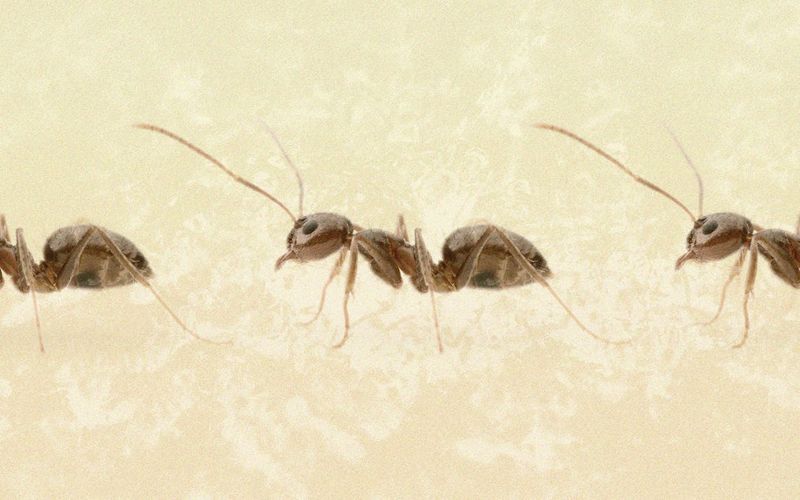
These hyperactive invaders move like they’ve had way too much coffee! Named after exterminator Tom Rasberry who first spotted them in Houston, these ants don’t march in neat, organized lines—they zigzag frantically in all directions, creating chaotic swarms that can short-circuit electronics.
Last summer, I watched in horror as they overtook my neighbor’s outdoor electrical box in minutes. Unlike fire ants, they don’t sting, but they compensate by showing up in the millions.
What makes them truly fascinating is their immunity to electrical shocks. They actually seem attracted to electronic devices, creating living bridges with their bodies that conduct electricity without killing them.
3. Giant Walkingstick: The Camouflage Champion

Imagine reaching for a twig and having it walk away! At seven inches long, the Giant Walkingstick is North America’s longest insect, and Texas hosts the biggest specimens. These experts in disguise sway gently to mimic branches moving in the breeze.
Their camouflage goes beyond just looking like sticks—their bodies have fake knots and buds, and they even drop to the ground and play dead when threatened. Female walkingsticks can reproduce without males through a process called parthenogenesis, essentially cloning themselves.
When frightened, they activate a surprising defense mechanism: spraying a milky, foul-smelling liquid that can temporarily blind predators. Evolution doesn’t get much weirder than this living branch!
4. Wheel Bug: The Living Hypodermic Needle
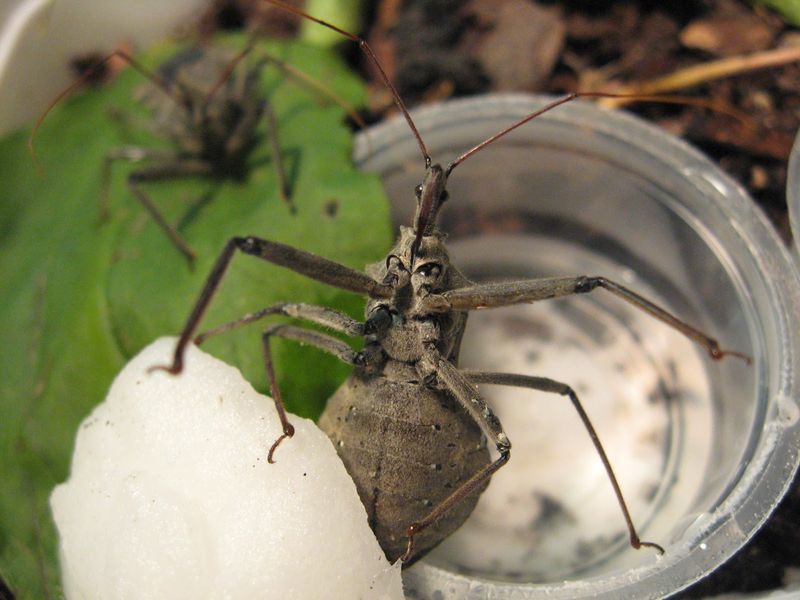
With a half-cogwheel on its back, resembling a steampunk creation, the Wheel Bug looks like it escaped from a sci-fi movie. That unusual cog-shaped crest isn’t even the weirdest part—their true horror lies in their feeding equipment.
Their curved beak can inject digestive enzymes that liquify their prey’s insides. The resulting bug smoothie gets slurped up through the same straw-like mouthpart. I accidentally brushed against one while gardening, and the pain was like being stabbed with a hot needle!
Despite their fearsome hunting style, they’re beneficial predators that control garden pests. Just remember their unofficial Texas motto: “If you see a wheel, don’t squeal—but don’t touch it either!”
5. Spitting Spider: The Web-Slinging Marksman
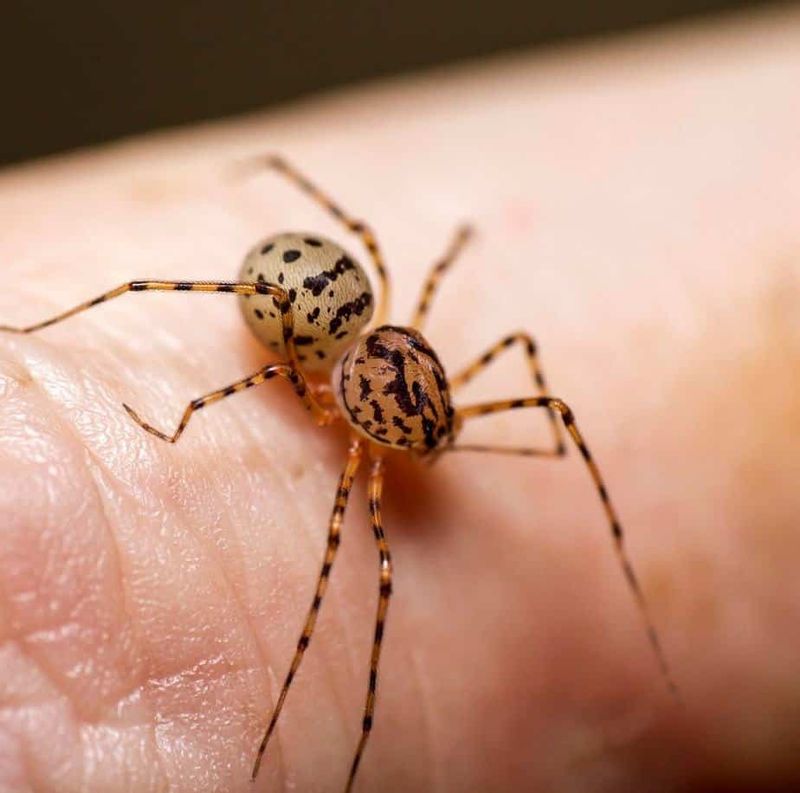
These pale, long-legged spiders have a hunting technique straight out of a superhero movie! Instead of building traditional webs, Spitting Spiders produce a venomous silk cocktail they can accurately spit up to half an inch—essentially glue-gunning their prey to the spot.
Their aim is incredible. Using a rapid zig-zag motion of their fangs, they create a Z-shaped pattern of sticky silk that immobilizes victims instantly. The silk hardens on contact, turning into unbreakable restraints.
Found in dark corners of Texas homes, these beneficial arachnids target other spiders—including dangerous ones like Brown Recluses.
6. Antlion: The Desert Pit Trap Engineer
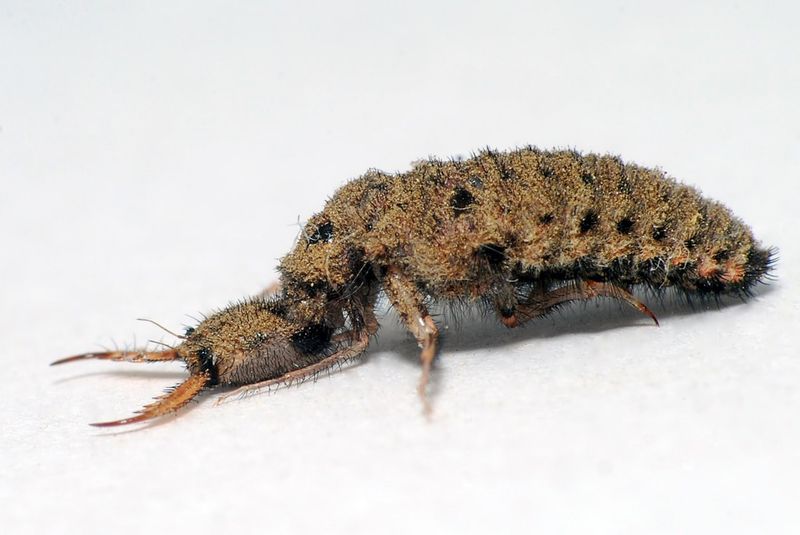
Remember those sarlacc pit monsters from Star Wars? Texas has a miniature version! Antlion larvae create perfect conical pits in sandy soil, then bury themselves at the bottom with only their massive jaws exposed.
When an unsuspecting ant stumbles into the pit, the loose sand collapses beneath it. The antlion throws more sand to trigger tiny avalanches, pulling its victim down. Those nightmare jaws snap shut with surgical precision.
What’s truly mind-blowing is the transformation they undergo. These gruesome pit-dwelling creatures eventually transform into delicate, moth-like adults that bear little resemblance to their former selves. It’s like finding out Jabba the Hutt pupates into a butterfly!
7. Banana Cockroach: The Glowing Green Hitchhiker
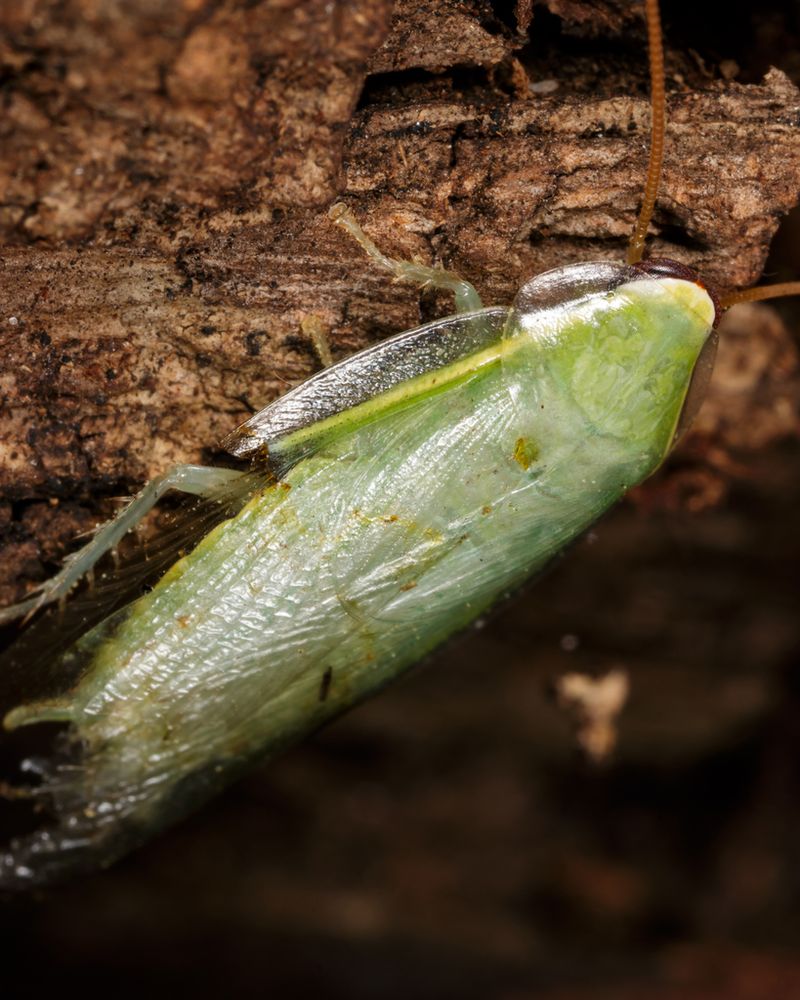
Not all cockroaches deserve their bad reputation! These luminous green beauties aren’t your typical Texas roaches—they’re accidental tourists that arrive on banana shipments. Unlike their disgusting cousins, Banana Cockroaches are actually clean insects that prefer fresh fruit to garbage.
Their brilliant lime-green coloration seems almost artificial, like they’ve been dipped in neon paint. When I first spotted one in my fruit bowl, I thought someone had played a prank with a plastic toy!
Most fascinating is their ability to change color as they age, gradually shifting from bright green to pale yellow—mimicking the ripening process of the bananas they inhabit. They’re nature’s undercover experts who just happened to choose the wrong state for a vacation.
8. Scorpionfly: The Living Fossil With a Scorpion’s Tail
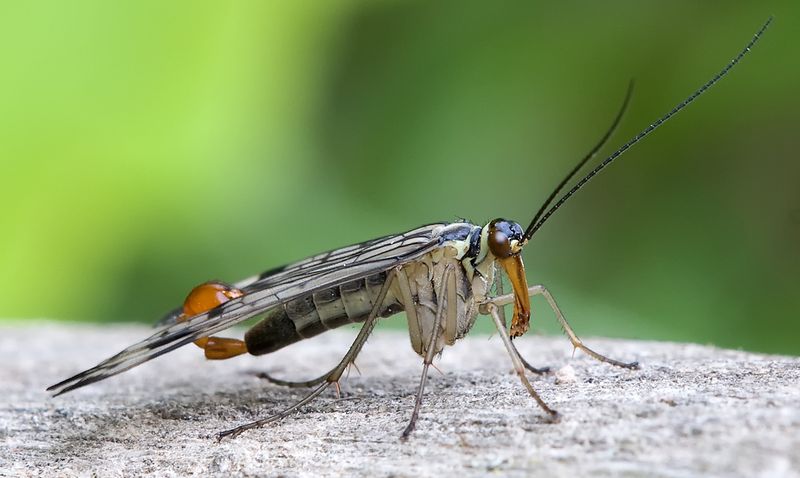
With the face of a mosquito, wings like a dragonfly, and a scorpion-like tail, these Frankenstein bugs look like evolution had leftover parts to use up. Male scorpionflies have that curved tail appendage that resembles a scorpion’s stinger—but it’s actually their reproductive organ!
These ancient insects have remained virtually unchanged for over 170 million years. They were buzzing around when dinosaurs ruled Texas! You’ll spot them in moist wooded areas, especially after spring rains.
Perhaps their strangest behavior is their courtship ritual, where males present “nuptial gifts” of dead insects or saliva balls to potential mates.
9. Twisted-Wing Parasite: The Gender-Bending Mind Controller
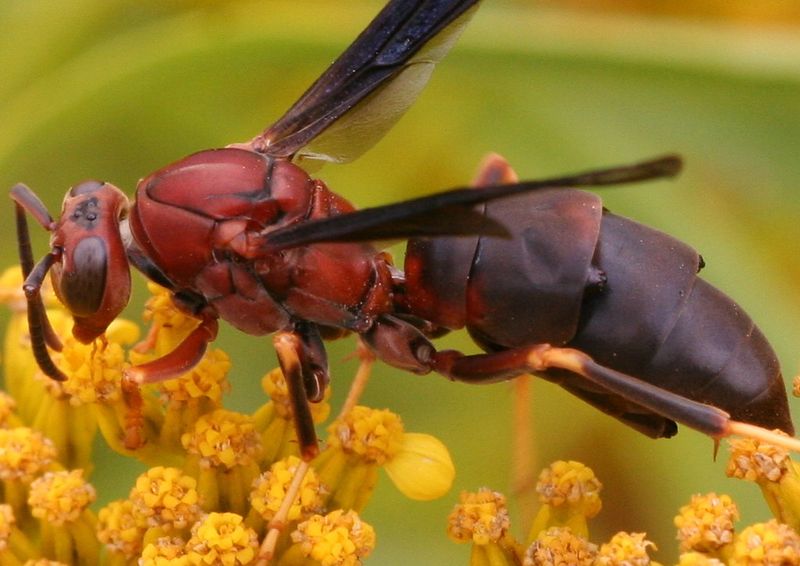
These might be the most alien-like insects in Texas! Female twisted-wing parasites have no legs, wings, eyes, or antennae—they’re basically living egg sacs that never leave their host’s body. Only their heads protrude from between segments of bees or wasps they’ve infected.
Males look completely different—like tiny flying wedges with oversized eyes and fan-shaped wings. Their entire adult life lasts just a few hours, dedicated solely to finding females embedded in hosts.
The real nightmare is how they control their hosts’ behavior, chemically manipulating them like zombie puppets. I once tracked a strangely-flying wasp for my collection, only to discover under the microscope it was being piloted by these microscopic mind-controllers!
10. Crane Fly: The Mosquito Impersonator
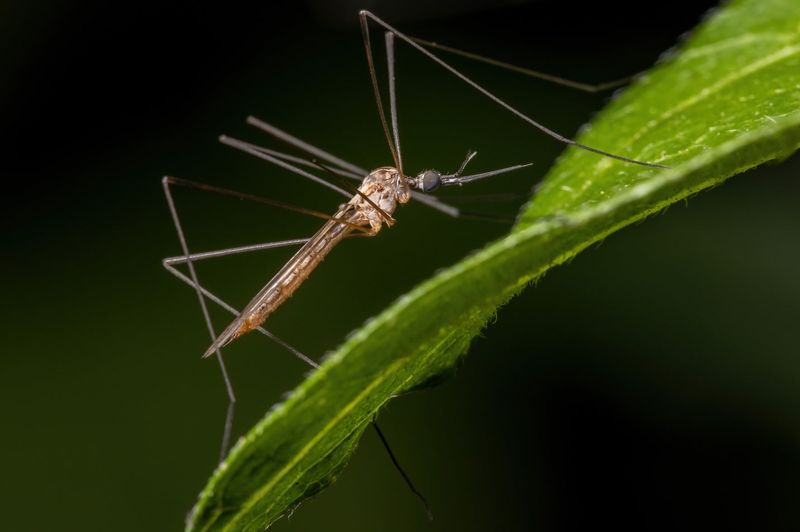
Everyone in Texas has panicked at these gangly giants, mistaking them for “super mosquitoes”—but they’re completely harmless! Crane flies can’t bite, sting, or even eat in their adult form. Those mosquito-on-steroids bodies are all show and no substance.
With legs that snap off at the slightest touch (a defense mechanism called autotomy), these fragile insects seem designed to fall apart. Texas is home to species with six-inch wingspans that bump clumsily around porch lights like drunken pilots.
The adults live just days, existing solely to mate. Their larvae—called leatherjackets—are the real workhorses, spending months underground munching on roots and organic matter.
